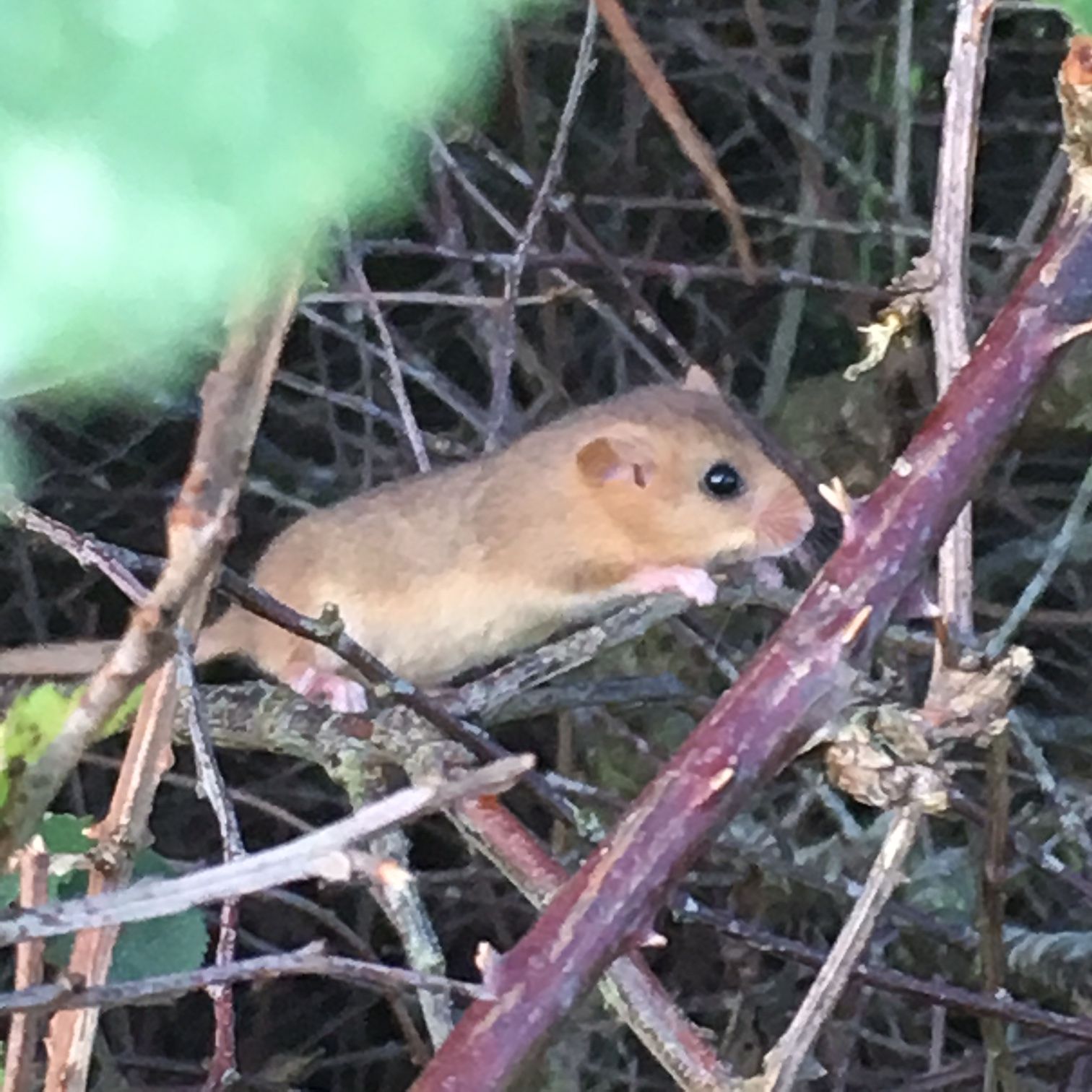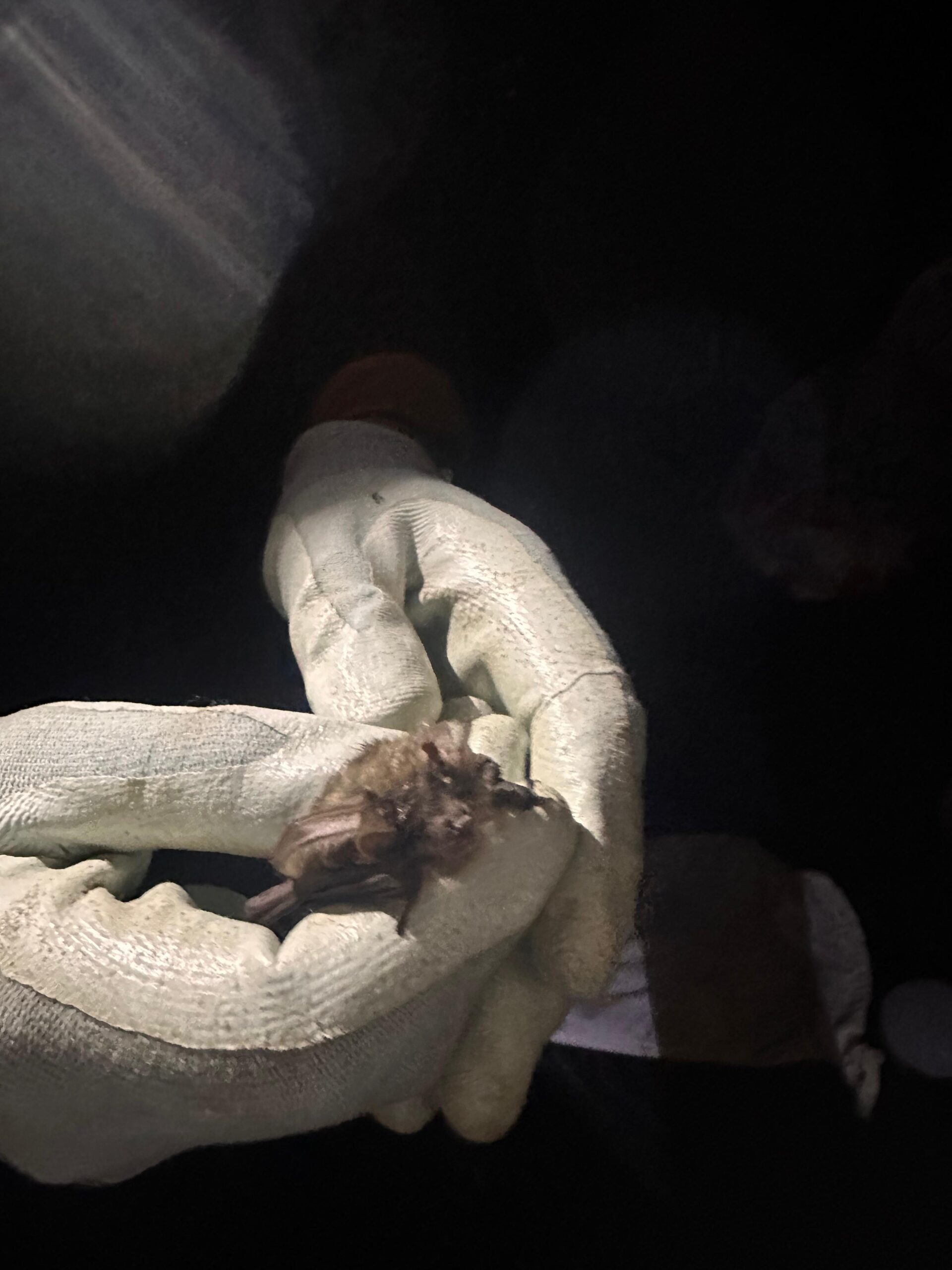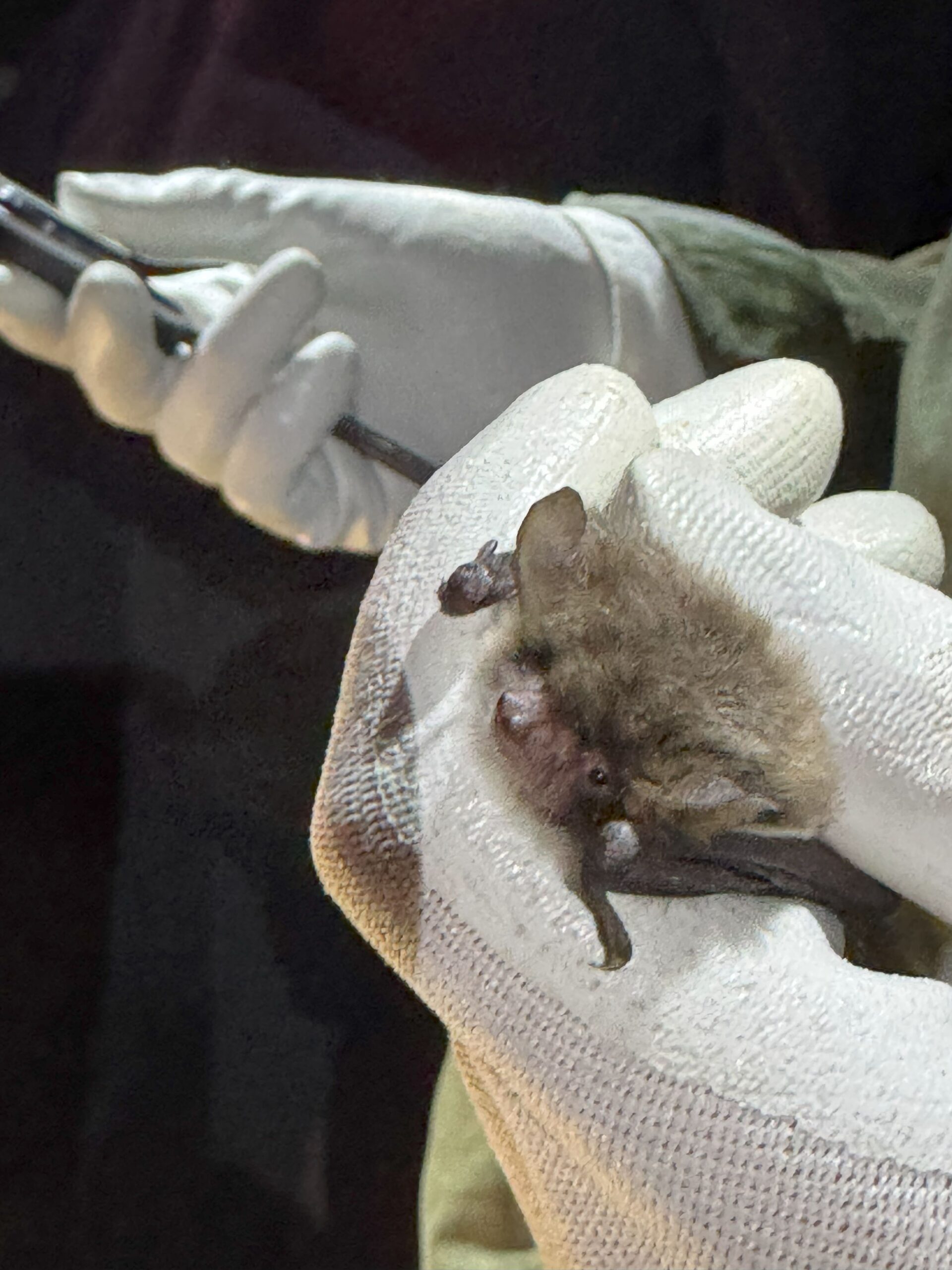A Guide to Identifying Protected UK Species
08-05-2025
UK wildlife is rich in diversity, but many species face threats from habitat loss, climate change and human activities. To safeguard biodiversity, several species are legally protected under UK laws like the Wildlife and Countryside Act 1981, the Conservation of Habitats and Species Regulations 2017 and the Environment Act 2021.
Identifying protected species is crucial for developers, conservationists and nature enthusiasts to ensure their preservation and compliance with regulations.
In this post, Phlorum’s Robert Anthony provides a guide to help you recognise some of the UK’s most iconic protected species, and understand why their protection matters.
What Are Protected Species?
Protected species are plants and animals that receive legal safeguarding due to their vulnerability or ecological importance. Their protection can include bans on killing, capturing, or disturbing individuals and on preventing damage to their habitats.
Identifying these species is essential for ecological surveys and planning processes, as disturbing them without proper mitigation measures can lead to legal penalties, such as fines and prosecution.
Key Groups of Protected Species in the UK
Mammals
How to Identify Bats
- Look for bats at dusk, when they are often flying in erratic loops as they hunt for insects.
- Bat droppings (guano) accumulate below roosting spots. They look typically sparkly, with shiny bits of insect exoskeleton.
- Dark staining on entry points to roosts are commonly visible, which are made from bat urine.
- The common pipistrelle is our most common bat, present in many urban and rural areas. It is very small, with a tiny dark face and a wingspan of around 20 cm.
- Brown long-eared bat is a notable species for its relatively large size and its particularly long ears, almost as long as its body. It has a slow, fluttery pattern of flight. It is often found in barns and attics.
How to Identify Otters
- Otters have elongated bodies with dark brown fur and a lighter underside.
- Webbed feet and a thick tail.
- Found near clean rivers, lakes, and coasts.
- Often active at dawn and dusk.
- Spraints (droppings) are often conspicuously deposited on rocks or logs and can have a distinctive jasmine or hay smell.
- Look for holts (dens) along riverbanks, often hidden among tree roots.
How to Identify Hazel Dormice
- Small sized, golden-brown rodent, with a furry tail and large, round black eyes.
- Hazel dormice are found in dense hedgerows, deciduous woodlands, and coppiced areas.
- Intricate nests made of grass and honeysuckle bark, often located in shrubs or tree hollows.
How to Identify Water Voles
- Water voles are round-bodied rodents with brown fur and small ears that are hidden amongst their fur.
- Found near rivers, streams, and canals. Often mistaken for rats, particularly when swimming, but water voles but have a blunt snout compared to a rat’s more angular snout.
- Burrows are present near the water’s edge, often present as holes in steep banks (a plopping sound can be heard as they drop into the water if they are disturbed).
- Feeding stations are where they repeatedly return to eat. These often have distinct, neat piles of chewed grass.
- Droppings are cylindrical, like large tic-tacs, and are greenish when fresh, darkening to brown/black.
Birds
How to Identify Barn Owls
- Medium-sized owl with white, heart-shaped facial discs and white/pale underparts.
- Barn owls are often seen hunting silently over fields at dusk or roosting in barns and hollow trees.
- Pellets (regurgitated remains of prey) containing bones and fur, are typically found beneath roosting sites.
How to Identify Kingfishers
- Vibrant blue and orange plumage with a short tail and a long, sharp beak.
- Found along rivers and streams, perched low on branches or darting across the water.
- Burrows, often with a visible tunnel entrance, are located in sandy riverbanks where they nest.
How to Identify Peregrine Falcons
- Powerful, medium-sized raptor with a blue-grey back and top of head, with a black ‘moustache’ that contrasts with the white of its face.
- It has distinctive bars of dark feathers, creating horizontal stripes, across the front of its pale chest and lower parts.
- Its legs and feet are a conspicuous yellow.
- Often seen near cliffs, tall buildings, or open landscapes where they have clear views to hunt birds in mid-air.
- Close to their nests, which are often positioned on ledges (scrapes), there will be white droppings and prey remains.
Reptiles and Amphibians
How to Identify Great Crested Newts
- Great crested newts have a black or dark brown body with a warty texture and an orange belly with irregular black spots. Males have a crest along their back during the breeding season, from March to June.
- Found in ponds during spring and in terrestrial habitats like hedgerows or woodland for the rest of the year – often within a few tens of metres of a pond.
- Conspicuous signs include single or few eggs, laid in folded leaves of aquatic plants in breeding ponds.
How to Identify Adders
- The UK’s only venomous snake, with a distinctive dark zigzag pattern along its back and red or orange eyes.
- Found in heathlands, grasslands and woodland edges, basking in sunny spots, usually early in the morning.
- Shed snake skins can sometimes be seen near basking sites. In sandy areas they can leave characteristic winding tracks.
How to Identify Natterjack Toads
- Smaller than common toads, with a distinctive pale yellow stripe running down their backs and shorter legs, giving them a distinctive waddling gait.
- Found in sandy heathlands, coastal dunes, and shallow ponds.
- Their loud, rasping calls can often be heard at night during the breeding season, which is from April to July.
Invertebrates
How to Identify Stag Beetles
- Large, black beetles, up to 8 cm long, with males sporting prominent, antler-like mandibles.
- Found in woodlands, gardens, and parks, especially around dead or decaying wood.
- Larvae are found in rotting wood. Adults are often spotted in late spring and summer.
How to Identify White-Clawed Crayfish
- Small freshwater crayfish with pale brown or olive coloration and white undersides to their claws.
- Found in clean, slow-moving rivers and streams.
- Look for burrows in riverbanks or discarded exoskeletons from moulting.
Tips for Identifying Protected Species
Seasonal Awareness
Many species are easier to spot at specific times of the year (e.g., great crested newts in spring or stag beetles in summer).
Habitat Knowledge
Familiarise yourself with the preferred environments of protected species. For example, hazel dormice are rarely found outside dense, connected hedgerows.
Field Tools
Use binoculars, field guides and smart phone apps like iNaturalist for precise identification.
By recognising what species are protected and why, we can better act in ways that don’t impact them or their vulnerable habitats.
If you are a developer who is frustrated by seemingly unreasonable wildlife laws getting in the way of your schemes, knowing more about protected species will help you understand them. Enjoying wildlife and the natural world are pleasures that do good for everyone, as well as the planet.
For a full list of UK protected species and additional guidance, you can consult resources from Natural England, NatureScot and Natural Resources Wales.
If you suspect that you have protected species on your development site, contact our ecology consultants to learn more about our protected species surveys.



